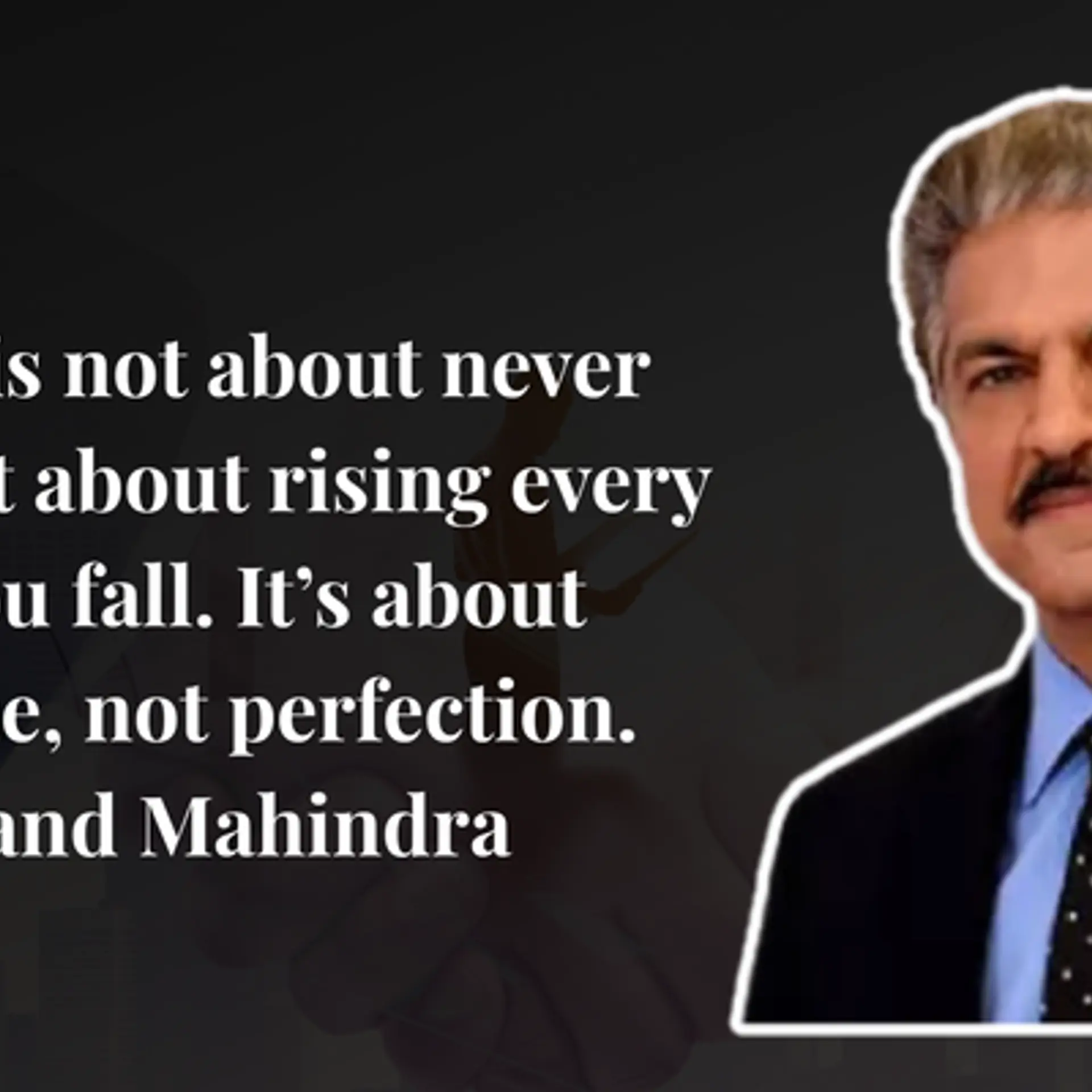Design tip: “If you want to innovate for others, commit to the idea of empathy”
Vijay Kumar is a professor at the Institute of Design, Illinois Institute of Technology, Chicago. With over 30 years of experience in design innovation, he has consulted to numerous global organisations such as Autodesk, Bose, Hallmark, Kraft Foods, Pfizer, Procter & Gamble, T-Mobile and Texas Instruments. He completed a bachelor of science from the University of Kerala and program in product design at National Institute of Design in India.

Vijay is the author of 101 Design Methods: A Structured Approach for Driving Innovation in Your Organisation (see my book review). He joins us in this exclusive interview on design thinking in Asia, conditions for creativity and the importance of empathy and confidence in design.
YS: What is your current field of research in design?
VK: I am researching the application of design thinking methods in sustainability, and how entrepreneurs can use design thinking approaches. I examine how reframing issues in new ways gives novel insights to solve problems. New mental models and frameworks can be generated through creative application of design thinking.
YS: How big a role does academia play in industry in the field of design thinking?
VK: I am seeing an ever bigger role for academia in working with industry in this field. Universities need to be more application oriented, and industry needs to have longer-term research frameworks. Proactive partnerships can create value for both.
YS: How was your book received? What were some of the unusual responses and reactions you got?
VK: The book is being translated into Chinese, Korean, Japanese, Thai and Portuguese. Readers appreciate the book’s usefulness in their design projects. Some unusual responses I got are from designers who say the book helps them when they are stuck, it gives them inspiration to move ahead! Others even say they carry it for job interviews to help them get the right answers and mindset.
YS: Most of the case studies in your book feature large and medium-sized companies. What are your findings with regard to design thinking approaches in small startups?
VK: I am seeing many small companies in countries like China adopt design thinking methods. There is a big product drive in China and other parts of Asia. The methods and process can be applied to a wide range of contexts, and can be customised for large as well as small organisations.
YS: What are the typical challenges designers and innovators face as they scale up their company from prototype to mass market?
VK: Companies need to learn how to test more often, and more rapidly. They should also learn how to interpret the results even if it seems to go against their expectations and assumptions. The earlier you make mistakes, the smaller the mistakes you make, the better it is for your prototype to succeed.
YS: Is there such a thing as the ‘ideal age’ for an innovator, or can the design urge strike you at any time?
VK: Even school children can innovate in product space, and not just in the digital world! They can innovate as quickly as adult designers. The education system needs to change and adopt, and introduce more design thinking in the curriculum.
YS: Who are some of the designers and innovators you admire the most today?
VK: I admire Larry Keeley of the Doblin Group, author of the book Ten Types of Innovation. I would also add Patrick Whitney, dean of the IIT Institute of Design, and Jim Hackett, CEO of Steelcase. And I also admire many of my students for their creative approaches to design thinking.
YS: How would classify the different approaches to design in the US, Europe and Asia?
VK: I would say the US leads in conceptual approaches to design as well as planning, research and ethnography. Asia and Europe lead in implementation – in particular, Germany, Scandinavian countries, Korea and Japan. China and India are catching up and have a lot of potential. I conduct workshops on design in India, for companies ranging from Godrej to the Tatas.
YS: What is your next book going to be about?
VK: My next book will be more on tools for design thinking, such as digital platforms, tools and applications.
YS: What is your parting message to the startups and aspiring entrepreneurs in our audience?
VK: I have four messages for your audience:
1. Commit to the idea of empathy. If you want to innovate for others, you have to understand what it is like to be them. You need to be able to suppress your own ego and think like another person.
2. Have good rigor and discipline in your methods, that will help you stay focused and uncover insights systematically.
3. Learn how to reframe issues and contexts. Question conventions and orthodoxies. Don’t let assumptions become traps.
4. Have confidence in your ideas. Tap your energy and enthusiasm, be proactive and don’t fizzle out. Demonstrate that your ideas have values.







